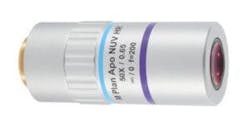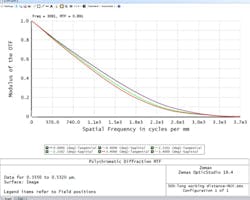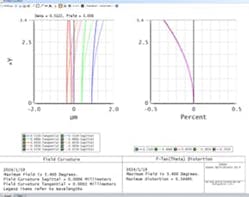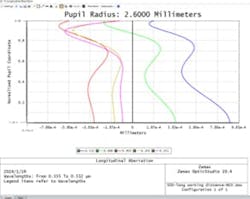50X Long Working Distance Microscope Objective Lens
Introduction
This 50X infinite conjugated long working distance microscope objective is a widely used lens applicable in various fields such as biomedical, precision testing, sample observation, and more. Its high magnification capability allows for clear visualization and high-resolution observation of extremely small-sized cells, their biological structures, and the internal structures of precision materials.
Designed to meet diverse needs, this objective lens provides precise and detailed observation capabilities across different domains. The infinite conjugate design enhances flexibility, enabling compatibility with various microscopy systems and accessories to meet different experimental and observational requirements. This powerful and versatile tool serves professionals in fields such as biology research, medical diagnostics, and materials science, and contributes to advancements in scientific research and technological development.Specifications
Design Structure








